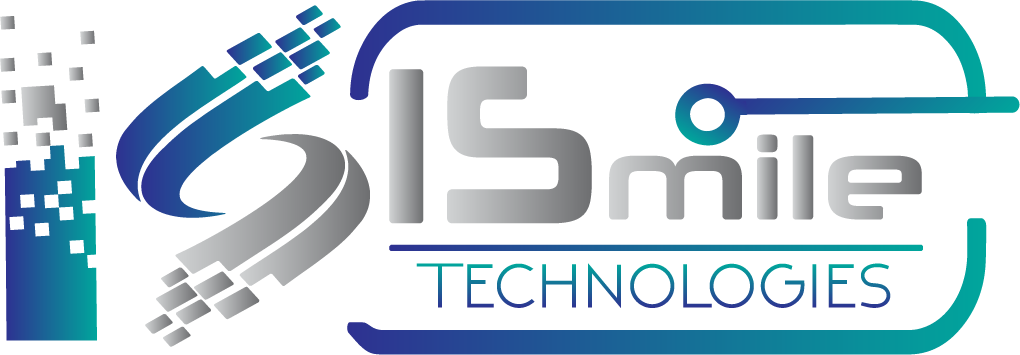Credit unions are non-profit organizations that offer their members the same financial services as banks, but without the emphasis on profit. The 115 million People in the US who belongs to credit unions are more than simply members: they are owners as well. Each gets one vote to elect the board members, who are all fellow members.
The board of directors is in charge of supervising and overseeing the services provided, which include:
- Accounts for checking and savings
- Loans for housing, vehicles, consolidation, and home renovation, among other things.
- Debit and credit cards
- Bill payment through the internet
- CDs, money orders, and safe deposit boxes are all options.
In other words, banks provide a roughly comparable set of financial services.
A member-centric strategy is heart-centered. However, in the midst of the financial industry’s significant digital change, all heart and no head are not a viable approach. The combination of brain and heart required for success is the application of data analytics science to a members-first attitude.
Solving financial problems:
It should be emphasized that recognizing the four underlying concerns that drive individuals to credit unions is what drives a heart-centered approach. They are as follows:
“I need a car,” Transportation
“I need a place to live.” shelter
“I want experiences,” travels and play.
“I need assistance saving for both short-term and long-term goals.” Retirement
Nobody wakes up in the middle of the night thinking, “I need a car loan or a mortgage.” So, even if you understand your members’ frequent pain areas, there is still work to be done in order to successfully communicate with them. Connecting the appropriate solutions in the right way necessitates a more sophisticated perspective.
In-person encounters will not result in the necessary in-depth insights and meaningful connections (at least not to a significant degree). With fewer members performing financial transactions in-branch than ever before, credit unions must use contemporary ways to determine what message, through what channel, and at what time they should engage members.
Improve the Communication, Integration & Automation of data flow across your Organization
Calculate your DataOps ROI
Data analytics for credit unions:
Using basic math, that equates to 28,000 transactions each month and almost 330,000 transactions per year. That is presuming static behavior, but members’ digital footprints are constantly expanding. Even this little credit union has a significant quantity of data from which to extract important insights and develop even more complex tactics. The notion that you lack sufficient facts does not correspond to reality; do not use it as an excuse to delay getting started.
Analytics is no more a brand-new concept. It’s a critical tool that will allow credit unions to continue providing heartfelt service to its members as the industry becomes more competitive. They will engage with members, separate themselves from the competitors, and thrive in the changing terrain if they have a “smart heart.”








